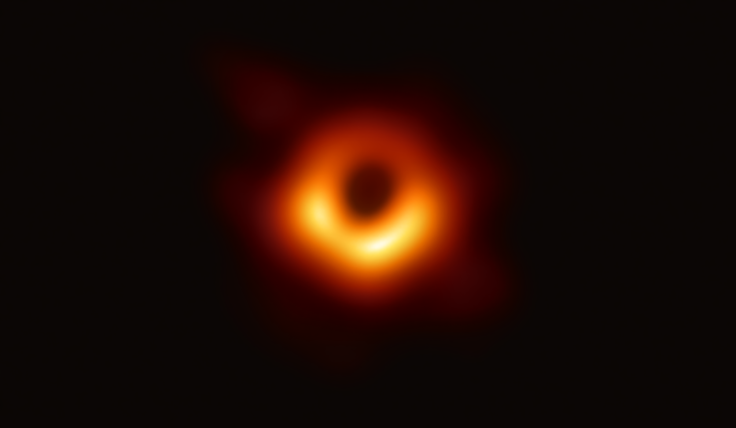Black holes were something of an enigma for us, humans, for a very long time. Since the discovery of the first black hole in 1964, per Space.com, we only relied on our imagination about what they looked like.
That was the case until April 10, 2019, when the Event Horizon Telescope (EHT) gave humanity the first look at what a black hole looks like.
However, how did it take that picture after all those years?
Messier 87 Black Hole Photograph Details

Messier 87 is an elliptical galaxy more than 50 million light-years away from Earth, per National Geographic. It is home to several trillion stars, 15,000 globular star clusters, and a supermassive black hole with a mass 6.5 billion times higher than our Sun, per NASA.
Although NASA knew that almost every galaxy had a supermassive black hole at their centers, they didn't know what they looked like because of how hard they were to photograph.
That until the nations of the world established the EHT- a global network of synchronized radio observatories that work together to observe radio sources associated with black holes with angular resolution similar to their event horizons, per the EHT's About Us page.
For those unaware, a black hole's event horizon is the boundary marking its limits or its very edge, per the Encyclopaedia Britannica. It is said that nothing, not even light, can escape when it crosses this region of the black hole.
However, thanks to the bright gas being sucked into the black hole, astronomers were able to use the Event Horizon Telescope to capture the first picture of a black hole.

The bright gas the black hole is sucking provided a background bright enough to reveal a dark central region, which is surrounded by a bright ring-like structure, per the Event Horizon Telescope's official website.
Since the black hole is more than 50 light years away from Earth, astronomers used multiple calibrations and imaging methods to take humanity's first image of a black hole.
Additionally, supermassive black holes are "relatively tiny astronomical objects," contrary to popular belief. Because of their size, it was only until the EHT was established that astronomers got the first picture of a black hole.
According to Paul T.P. Ho, EHT Board member and Director of the East Asian Observatory, the observations the telescope captured to capture the first photograph of a black hole match experts' theoretical understanding "surprisingly well."
What Is The Event Horizon Telescope?
As previously mentioned, the EHT is a global network of synchronized radio observatories specifically calibrated to look for radio sources associated with black holes.
To create this network, astronomers outfitted and connected a worldwide network of eight pre-existing observatories with instruments of "unprecedented sensitivity and resolution" that makes it possible to observe black holes.
The observatory uses a technique called very-long-baseline interferometry (VLBI) to synchronize the eight observatories to form one Earth-size telescope observing at a wavelength of 1.3 mm. This technique allows the EHT to read a newspaper in New York from a sidewalk cafe in Paris.









